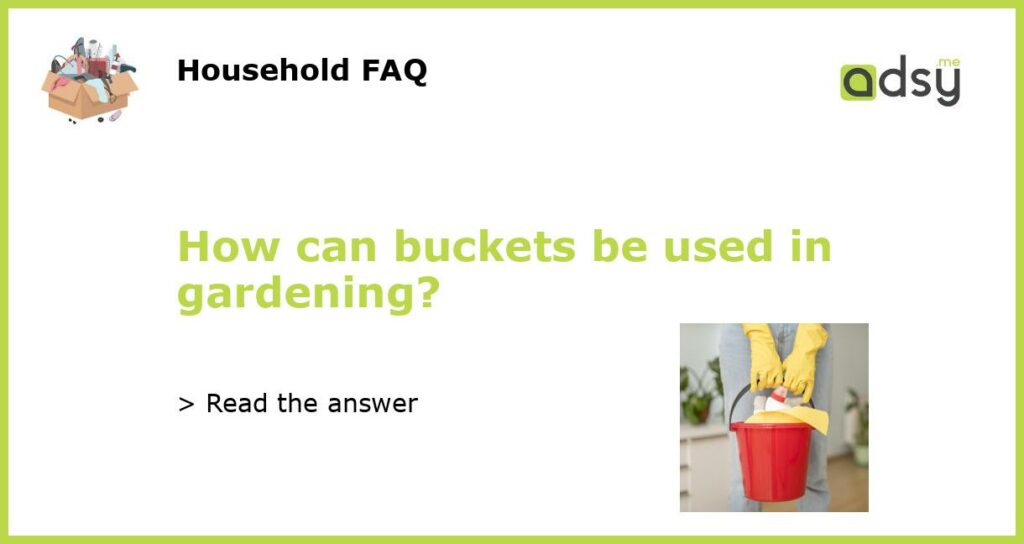Bucket Gardening: A Beginner’s Guide
Bucket gardening is a great way to grow plants, vegetables, and flowers even if you have limited space in your backyard or balcony. It allows you to have complete control over the type and quality of the soil, the amount of water and fertilizer, and the placement of the plants. Additionally, using buckets can also help protect your plants from pests and rodents.
Choosing the Right Bucket
When selecting the bucket, it is important to choose a size that suits the type of plant you want to grow. The larger the plant, the larger the bucket you should use. Additionally, it is important to drill drainage holes at the bottom of the bucket to prevent waterlogging, which can cause root rot.
Preparing the Soil
The type of soil you use will greatly affect the growth and health of your plants. While you can purchase soil from a garden center, it is recommended to make your own compost. Simply mix together organic materials like vegetable scraps, grass clippings, and fallen leaves in a container and wait for it to decompose. Once it’s ready, add it to your bucket with some soil and mix well before planting.
Planting and Maintenance
When planting the seeds or seedlings, make sure they are spaced adequately and are covered with enough soil to support their growth. Depending on the type of plant, it is important to water them regularly and provide them with enough sunlight. Additionally, as the plants grow, you may need to add more soil to the bucket to support their root system.
The Benefits of Bucket Gardening
Bucket gardening has several benefits beyond the joy of growing your own plants. It can also help reduce food waste by encouraging composting, lower household expenses by reducing the need for purchasing produce, and improve air quality by producing oxygen. It can also be a great hobby for families to bond over and teach children about sustainability and the importance of caring for our environment.






